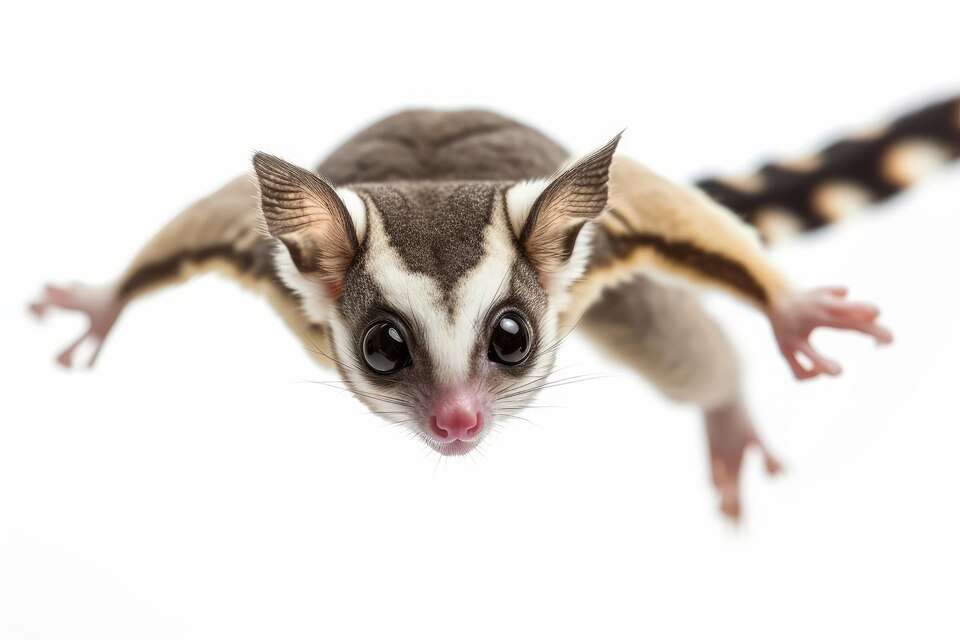
TOPICS COVERED
ToggleLearn about 10 Interesting Facts About Sugar Gliders. Discover 10 fascinating facts about sugar gliders, their unique traits, diet, and behaviour, offering insight into why these adorable creatures are so beloved.
Introduction
Sugar gliders belong to the Possum family, Petaurus breviceps. These little nocturnal marsupials are found in Australia, New Guinea, and the surrounding islands. Their common name suggests that they love sweet things and they also float in the air hence many people refer to them as “flying squirrels” but these are not technically rodents.
What are Sugar Gliders?
Endemic in Australia, New Guinea, and Indonesia, sugar gliders are nocturnal marsupials that look small in size. The name ‘sugar glider’ comes from their preferences for sweet things and their tendency to soar from tree to tree by using an adaptable skin between the wrists all through to ankles. They can glide up to 150 feet.
These animals are social types, usually dwelling in groups, and communicate their messages through distinct forms of sounds. Fruits, bugs, and nectar are their diet. An appropriately balanced diet and social engagement are crucial for domestic sugar gliders to live longer, healthier lives. Pet owners of sugar gliders should know that they are playful animals hence are good companions. However, these pets require constant attention and proper care to remain healthy and feel loved.
Types of Sugar Gliders
1. Albino Sugar Glider
The albino sugar glider is one of the rarest and most beautiful that exists. Scientists say that they do not contain melanin thus having white furs and red eyes even though their mode of life is very similar to that of colorful relatives. As we know, albino sugar gliders have problems with their health that are associated with their sight because they lack melanin.
2. Leucistic Sugar Glider
Leucistic gliders differ from albino ones in that they are characterized by all-white furs with dark eyes. Their unique physical appearance stems from a complete absence of patterns and white-colored skin. Since they really look good and are distinctly contrasting from the normal gliders, this makes them much sought after in the market where they are exhibited as pets.
3. Mosaic Sugar Glider
Mosaic sugar gliders exhibit a combination of different patterns marked by irregularly spread white or gray fur patches across their bodies. Since every two mosaics are similar in appearance, collectors love them most. It’s for this reason that their uniqueness comes out such that they are often highly valued.
4. Caramel Sugar Glider
In Indonesia, caramel sugar gliders are acknowledged for their gentle nature, cinnamon-colored fur, and medium-sized compared to regular ones. This difference in body size and fur coloration leads to the uniqueness of these animals while being very sociable compared to other categories.
5. Platinum Sugar Glider
Platinum sugar gliders are silver or platinum colored with a black dorsal stripe. They have a shiny, silky smooth coat, so they are in great demand. Platinum-colored is incredibly rare, providing great visual contrast. They are one of the most admired varieties in the sugar glider community.
6. Black Beauty Sugar Glider
Black Beauty sugar gliders have a darker hue than different ones, with deeper dark strokes and a more profound fur hue. What makes them look special is the dark shade that clearly distinguishes them from the rest of the sugar gliders. These are the most contrasting beings; they have distinct features that are loved by so many people because of this.
7. Creamino Sugar Glider
Creaminos have red or ruby eyes; they are colored cremora like in albinos although not snow white colored instead tend to have a degree of creaminess for a lighter tan fur coat. This type of sugar glider has a less common eye color combined with its soft coat shade.
10 Interesting Facts About Sugar Gliders
1. Nocturnal Creatures
Sugar gliders are nocturnal animals, meaning they are active at night. In natural environments, they forage for food and engage with other members of their colony after sundown. They typically sleep in hollowed tree cavities or nestings during the day.
Their huge eyes enable them to see at night and thus can navigate excellently during night-time. However, this nocturnal life can turn out to be quite tough on the owners who keep the pets, as the sugar gliders are at their most active at a time when human beings sleep during the night, hence can be great pets for night owls.
2. Incredible Gliders
Sugar gliders are so named because they are unique in their ability to glide through the trees. A patagium (a gliding membrane) originating from their wrist to their ankles allows them to cover distances of up to 150 feet.
They use it as a way of avoiding their predators and moving well within forests. Observing instances where they are gliding becomes so interesting since there is a sense of grace while they fly in through air. Such natural activities make it easier for them to get food as well.
3. Highly Social Animals
Sugar Gliders are very social animals that do well when kept together in groups. They tend to live together in the wild, groom each other, and communicate with cuddles, amongst other things. This bond amongst them is very crucial because it helps in their emotional and mental wellness. For sugar gliders kept as pets, an owner should have more than one since single ones may tend to be bored due to loneliness, thereby making them very unhappy.
4. Specialized Diet
They feed on sap, nectar, insects, and small vertebrates when wild. This means that their diet contains a lot of sugar, making it ideal for nocturnal animals. Thus, this diet is a very vital factor to any person breeding these animals to ensure that they are healthy.
Owners provide them with this diet typically because it is mainly composed of fresh fruits, vegetables, and insects along with some specific glider-specific food. It thus became vulnerable to diet-related conditions when not fed balanced food appropriate for its species besides being a necessity for its survival when in captivity.
5. Marsupial Characteristics
Sugar gliders are marsupials, that is, the females will carry pouches where they will nurse their infants. The gestation period is around 16 days. The little joey, hardly visible to the naked eye, makes its way into the mother’s pouch and will stay there for about 60 days.
After emerging from the pouch, Joey keeps on feeding for a couple of more weeks. This characteristic he shares in his kind with other marsupials like kangaroos and koalas places sugar gliders in a class of their own and makes them an interesting species.
6. Strong Human Bonds
Sugar gliders, when kept in captivity, can be very emotionally attached to their human owners. Though bonding is not instantaneous, patience and regular contact with them will build an intimate relationship between the sugar glider and their owner.
They find their owners by smell and sound, and they can look for attention by climbing on top of an owner or sliding over to a person. Daily interaction breeds in the owner a great attachment to the animal, but it also creates much-needed time for developing trust between the owner and the sugar glider.
7. Lifespan
Sugar gliders live for 5-7 years in their natural habitat while in captivity they live for 12-15 years due to good care. Through the provision of healthier food, keeping off enemies from them, and medical attention, they have been able to live far beyond what they used to live before. Consequently having one as a pet is a life-long decision. Potential owners need to know that they must care for them by creating the right environment, providing correct nutritional needs as well as helping them socialise even in their old age.
8. Vocal and Non-vocal Communication
Sugar gliders produce various sounds as a way of communication between themselves or with their keepers. They bark, chirp, hiss, and purr among other sounds. These sounds have different meanings including warning about danger, drawing attention, or displaying authority.
Apart from the vocal means of communication, sugar gliders also use non-vocal ones including body language such as grooming or rubbing each other. Owners should comprehend their means of communication to take proper care of their pets and create a bond with them.
9. Scent Marking Behavior
Their scent glands on the forehead and chest are what male sugar gliders use to mark their territory, objects, and even colony members. This fundamental behavior helps define a group’s hierarchy and maintain territory. The behavior can however be managed in pet animals because some owners may feel that their surroundings are being marked.
10. Exotic Pet Legalities
They are regulated as exotic pets in many places. In some states or countries, the possession of sugar gliders has been prohibited altogether, while in others, you’ll need special permits to have one. Much of this ties to problems over their care and welfare, and the potential for environmental impact if they ever escaped into the wild. Any person thinking about getting a sugar glider needs to research all information available about the current local laws and regulations and can provide the proper care, diet, and environment to meet the high maintenance of these animals.
Pros of Having a Sugar Glider
1. Sugar Gliders Live a Long Time
Sugar gliders which would also be called pocket pets have a longer lifespan in captivity. This indicates that they require considerable commitment on the part of a pet owner as it grows older and improves the bond between them.
2. Sugar Gliders are Fun to Have Around
They are known to be fun-loving and curious mammals. They will never get tired of gliding, playing, and checking out their environment which means they can be entertaining every moment of their lives. In short, these animals always ensure there is happiness everywhere within your homestead.
3. Sugar Gliders are Fairly Clean
They are naturally clean animals. They groom themselves routinely and do not smell bad. Proper care such as clean cages or regular play with them will make them smell less thus becoming good pets.
Cons of Having a Sugar Glider
1. Sugar Gliders are Nocturnal Creatures
Being nocturnal means that sugar gliders will constantly be awake while everyone else is asleep; hence, disturbing the owner’s sleep. They might bark or make noises while playing during the night time hence essential that you prepare yourself for this.
2. Sugar Gliders Need a Lot of Daily Socialization
Sugar gliders are social animals that must be constantly played or interacted with by their owners or other gliders. If they don’t get adequate socialization, they tend to become lonely or stressed and are vulnerable to certain behavioral problems. In addition to all the need, care, and nurturing, sugar gliders demand, commitment to daily interaction is necessary for their well-being.
3. Sugar Gliders Have a Particular Diet
Feeding a balanced mix of fruit, vegetables, and protein is not an easy thing but is needed. Animal owners should make available desired foods so that their pets do not lack nutrition. Managing this particular feeding habit sometimes becomes difficult for some people.
4. Sugar Gliders Need a Specialty Vet
Locating veterinarians with experience in treating different animals from normal ones is not an easy thing. Because of special health problems related to their breed; sugar gliders need specialized care. This is not a routine checkup occurring everywhere easily hence very crucial for survival.
FAQs
Are sugar gliders nocturnal?
Sugar gliders are indeed creatures of the night and it can be difficult to own them especially when people have different sleeping times.
Can sugar gliders be kept as pets?
You can have sugar gliders as pets but they need very good care, lots of attention, and a specific kind of food. They also like to move around with others of their kind in most cases.
Why are they called sugar gliders?
They are commonly referred to as sugar gliders due to their like of sweetness like nectar and sap. Their name also originates from their ability to fly through air between different points with the help of patagium, a membrane stretching from wrist to ankle.
Are sugar gliders legal to own everywhere?
There are different ways in which sugar gliders are tended for in different regions because they are seen as unique pets. Some regions need you to get a permit whereas in some you are simply denied owning them. Knowing the local laws is very essential before deciding to own one.
Do sugar gliders communicate vocally?
Indeed, sugar gliders have been known to use several types of vocalizations that include barking, chirping, And hissing. These sounds are used for different purposes like giving warning signals or showing their wants Respectively. Proper care and bonding largely depend on one’s understanding of these creatures’ vocal behaviors.
Do sugar gliders have pouches?
Certainly, the female sugar gliders have a sack in which they carry and nurse their babies. The joeys get into the pocket after a period lasting around 16 days; they will stay there for almost two months before they can go out and get to know the world.
Conclusion
Sugar gliders are fascinating creatures with unique behaviors and characteristics. From their gliding abilities to their social nature, these small marsupials never fail to amaze. Whether you’re considering them as pets or just want to learn more about them, sugar gliders always manage to capture the imagination.

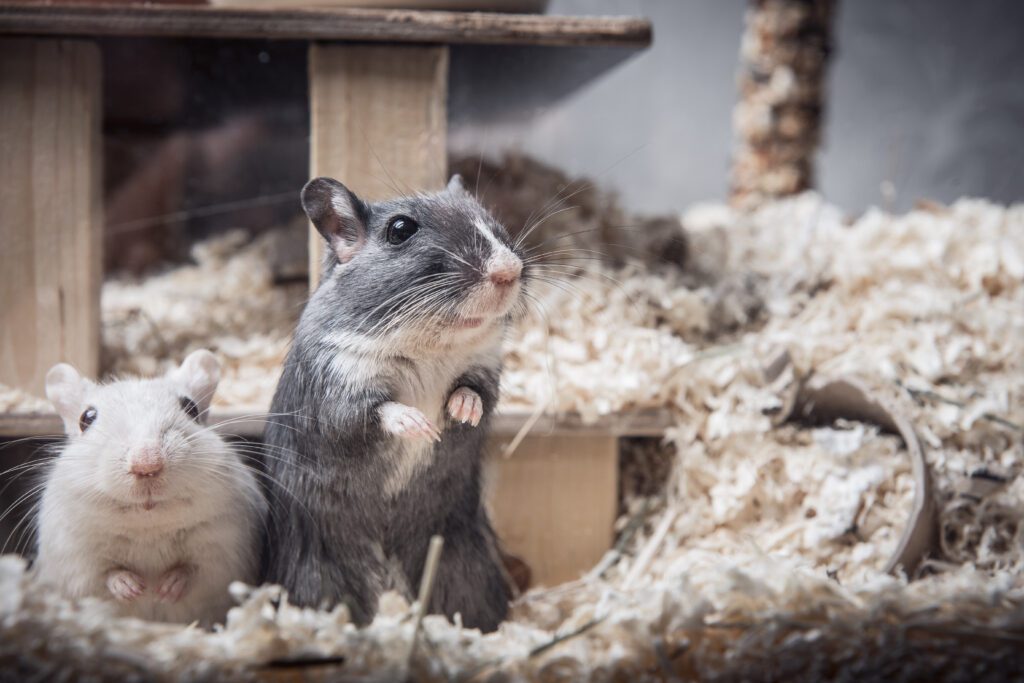
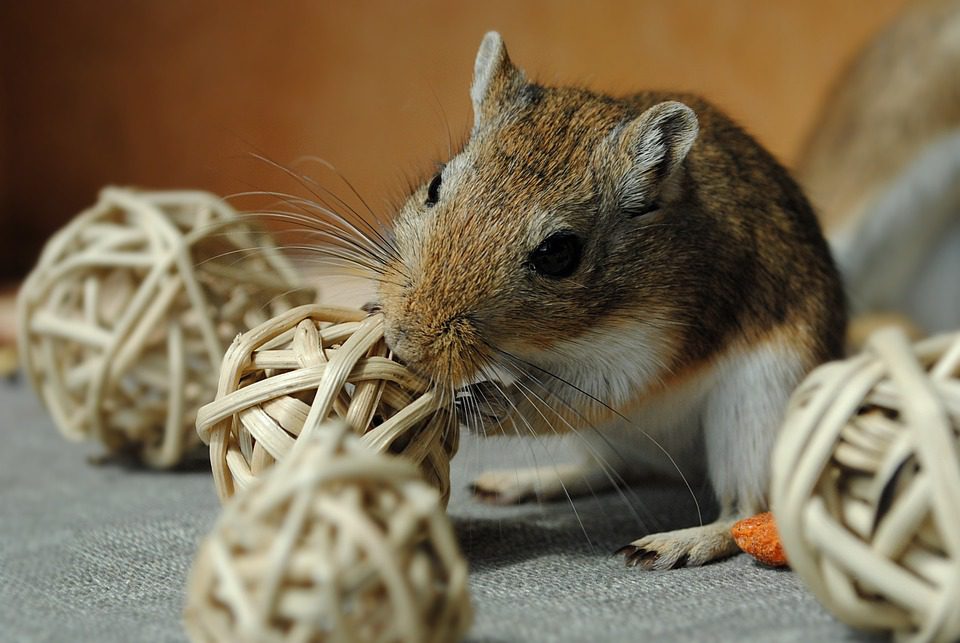
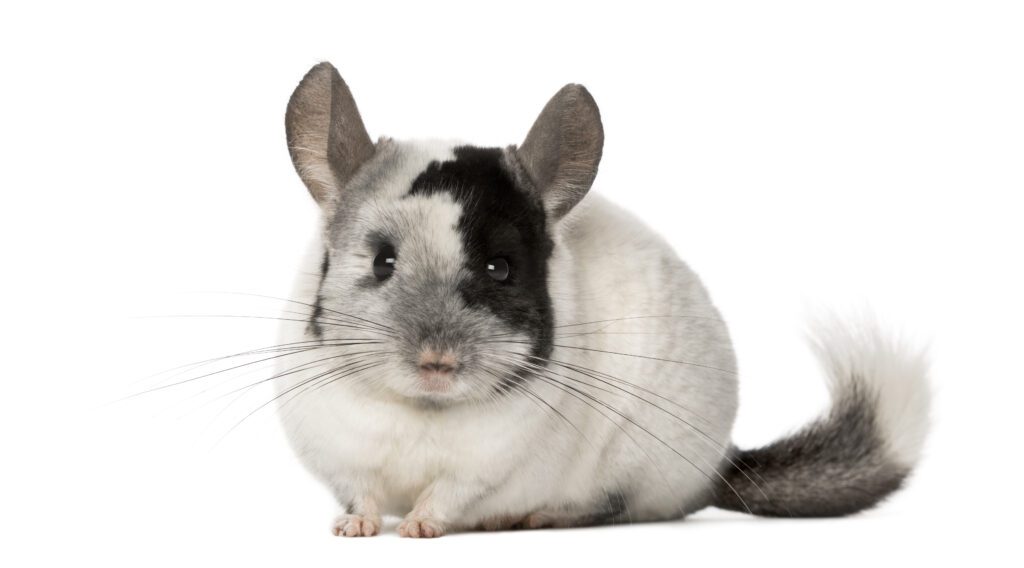
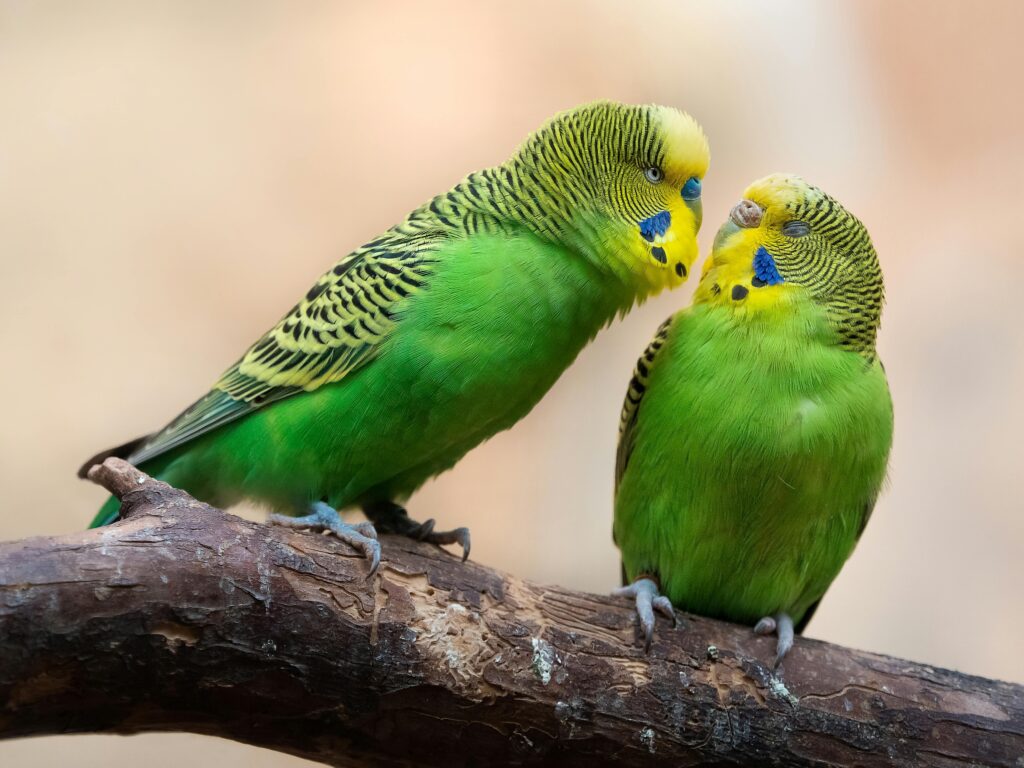
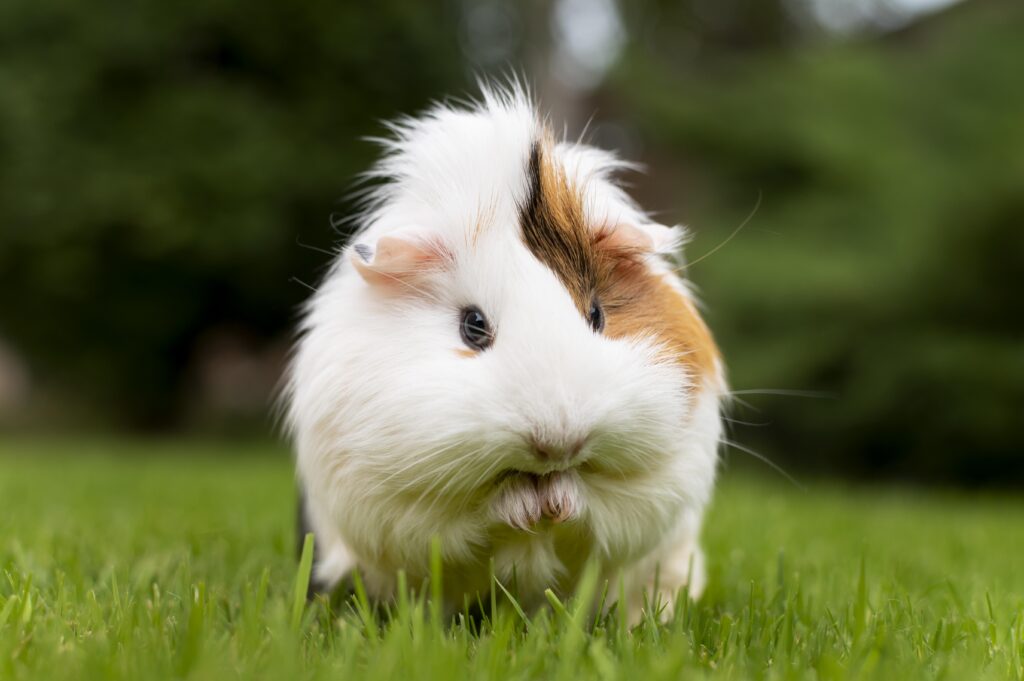

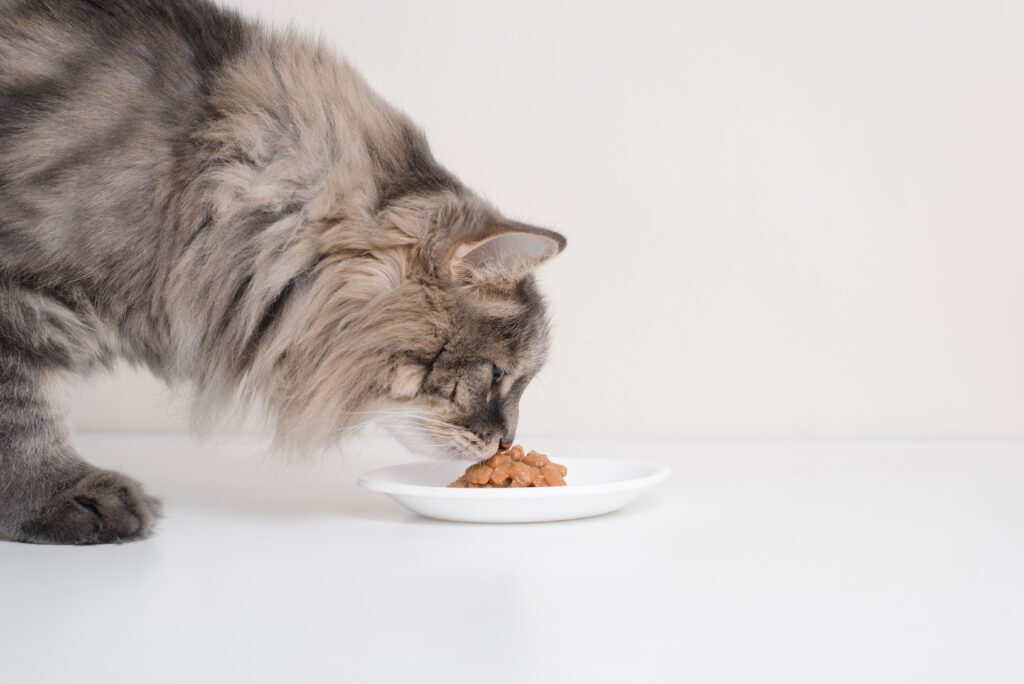
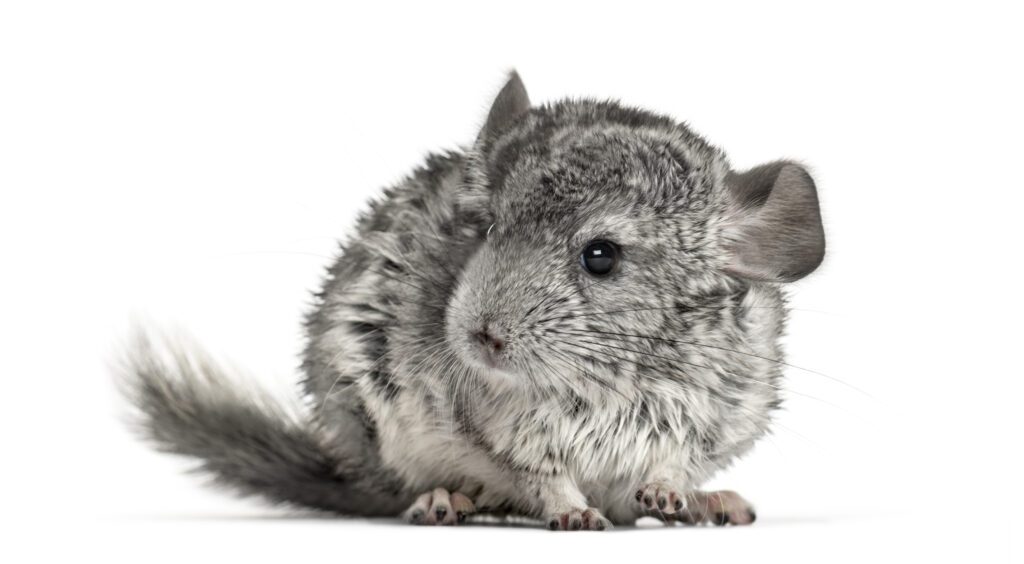
3 Responses